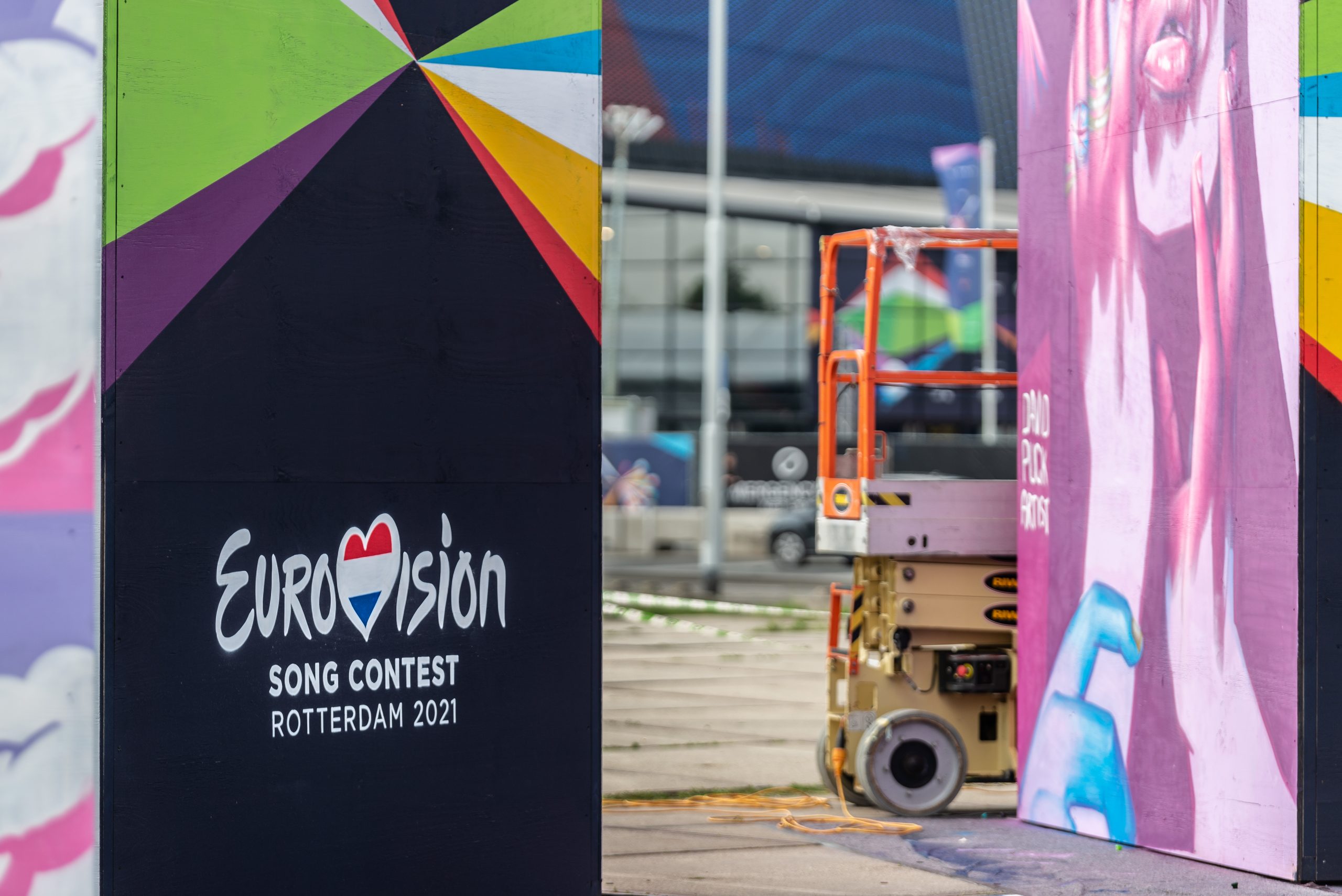How Manizha Breaks Down the Walls of Identity Construction
Manizha, a Tajik-Russian singer representing Russia in this year’s Eurovision, has made headlines for her outspoken views for progressive social causes such as feminism, refugee rights, and LGBT+ rights. Despite winning the popular vote for her entry into Eurovision, she has faced heavy criticism by Russian nationalists and politicians who claim she is not Russian enough due to her ethnic Tajik background. Her Eurovision entry titled “Russian Woman” has caused additional controversy, with some claiming that it is a declaration of war against Russian traditionalism. This outrage has even led to the potential involvement of law enforcement on the basis of the song inciting hatred towards Russia and threatening Russian values. However, others have taken to the social media to claim that she is neglecting her Tajik identity by framing herself as a Russian woman.
On the surface, it may seem readily apparent that Manizha identifies strongly with her Russian identity. Her songs are predominantly in the Russian language, she has a strong presence in Russian media, and represents Russia in Eurovision. This adoption of a Russian identity is the by-product of her family fleeing to Moscow in 1994 during the Tajik Civil War. Due to her upbringing in Russia, Manizha’s identity as a Russian woman is integral to her sense of self. However, this does not nullify nor invalidate the underlying Tajik dimension of her identity that finds voice in her music. Her Eurovision entry “Russian Woman” not only provides an anthem to empower Russian women, but also to challenge what a Russian woman looks like through the multifaceted structures of her identity.
This is readily apparent in her clothing which utilizes Tajik designs in order to display the unification of her Russian-Tajik background. The mechanic dress worn during the first round of the semi-finals was stitched together with various scraps of fabric donated from all over Russia as another symbolic display of the heterogeneity of the country. Through her performance of “Russian Woman,” she narrates the multidimensional nature of her own identity and serves as a rebuttal against the purist argument that a Russian woman must look and behave in one way. Her stage presence alone is an act of defiance. Beyond her Eurovision performance, the themes of displacement and the struggles she faced are exemplified in her other works. In her song “Nedoslavyanka” (Not Quite Slavic), she sings:
I hide my wings out of habit
I’m not Slavic enough, I’m not Tajik enough
I live according to the Qur’an within the church walls
God is one, and his borders are endless
I’m supposed to be singing that from a different test
But I don’t know my place
The balancing act between her Tajik and Russian identity is represented in the lyrics, and how these aspects make her feel boxed in. Andrey Glukhov has written that “the marginal situation of immigrants [in Russia] is further exacerbated by choices between the conflicting attitudes of the social environment of their children and displaced persons who are forced to absorb the parents and members of the diaspora ethnic group, and the message of civil and national identity posed by teachers and contemporaries.” Some of these conflicting attitudes seen in diasporic communities stem from the differences between Western individualism and the forms of collectivism dominant in Central Asian culture. Manizha also demonstrated this blended identity by including both English and Russian (and occasionally Tajik) in her music.
Manizha’s identity has also been shaped by the trauma she has experienced. The threats she has received for being on the Eurovision stage resonates strongly with Central Asian immigrants in Russia who also face these xenophobic sentiments. According to Russia’s 2010 census, approximately 200 ethnic groups live in Russia, and presently, about 10-12 million migrant workers from Central Asia reside in the country. The debate regarding Manizha’s individual ethnic validity speaks to Central Asian’s precarious presence in Russia and the young people being raised in this diaspora who are shaping the narratives of their own identity.
Identity, and the making of it, holds power. Policing identity to fit into set constraints perpetuates identity erasure and suppresses one’s capacity for self-determination. In the case of Manizha, and many others like her, the contradictions present in being Russian and Tajik have long been assumed to fit into clean cut, black and white categories. But it is in the in-between, gray area where the beauty of its complexity lies. We should not fear the intricacy of identity, but rather understand it and give it acclaim. Ernest Hemingway coined the “Iceberg Theory” to demonstrate that there is more beneath the surface than what can be outwardly seen. Manizha has exemplified the many elements of her identity with the way she distinguishes herself through her ethnic background, nationality, political positions and dress. These elements help shape her identity. To criticize how one conceptualizes themselves just for the sake of someone else’s comfort is an entitled approach. Identity is never one dimensional, nor should it be confined. In the words of Manizha herself, “You’re strong enough. You’re gonna break the wall.”

